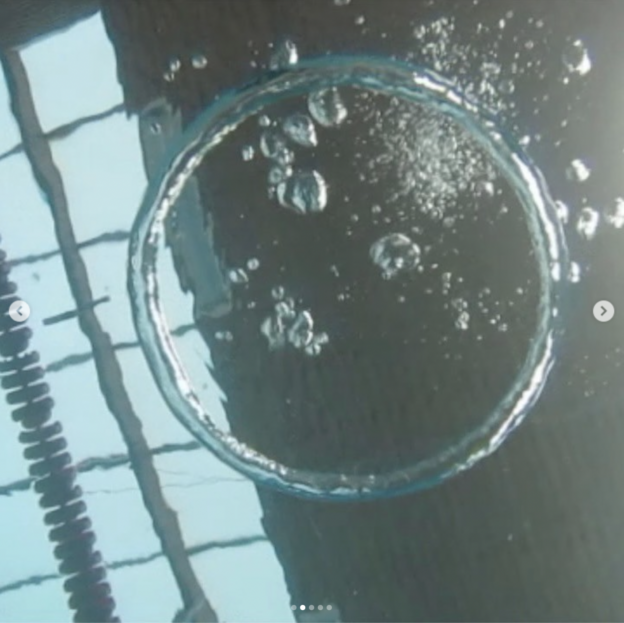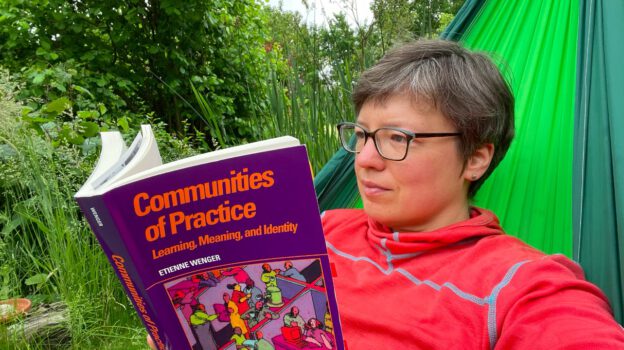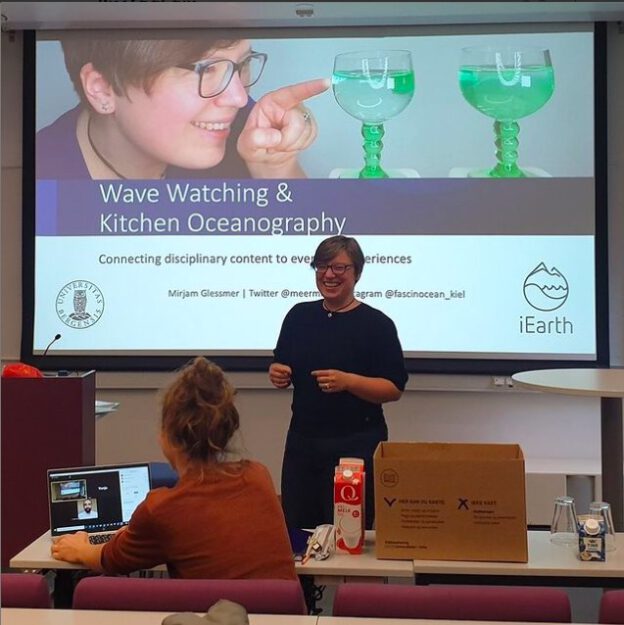This is mostly a “note to self”: Found a really interesting article on “how syllabi can serve as communication tools for creating inclusive classrooms” by Gun et al. (2021). A review of 60ish biology syllabi as well as the literature of what should be included, and pointers on which group of students especially benefits from the information and why, as well as examples. This is great to help students build “cultural capital” and level the playing field! And strong motivation to pay more attention to syllabi as actual communication tools and how they — as oftentimes first point of contact between instructor and students — can shape the classroom climate.
They even provide a template syllabus here: https://zenodo.org/record/4317968#.Y8EIaC8w0f8
Highly recommended reading!
Gin, L. E., Scott, R. A., Pfeiffer, L. D., Zheng, Y., Cooper, K. M., & Brownell, S. E. (2021). It’s in the syllabus… or is it? How biology syllabi can serve as communication tools for creating inclusive classrooms at a large-enrollment research institution. Advances in Physiology Education.



